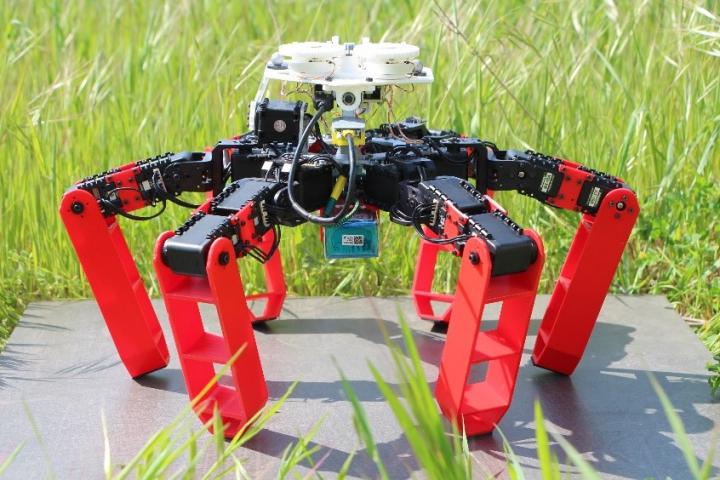A new robot can navigate without GPS, using the same light-sensing abilities as desert ants.
Inspiration: Desert ants survive in searingly hot conditions in the Sahara. They sometimes have just a few minutes to forage for food before they risk burning to death. As a result, they are very efficient navigators, using bands of polarized light, invisible to humans, to get around. They also carefully count their steps. These two tactics help to keep them alive.
AntBot: The bot, described this week in Science Robotics, is fitted with UV light sensors that can detect polarized light from the sun. This is known as a “celestial compass” and is designed to mimic the way desert ants see the sun’s light. This helps it work out the direction it’s going in. The robot also counts its steps, much like its desert muse. In tests, it successfully managed to complete an outdoor homing task, where it was required to go to several checkpoints and then return to a fixed location within a range of 14 meters.
Uses? The technology could help provide backup navigation if GPS fails, an issue that is particularly important for driverless cars.
This story first appeared in our newsletter The Download. Sign up here to get your daily dose of the latest in emerging tech.

